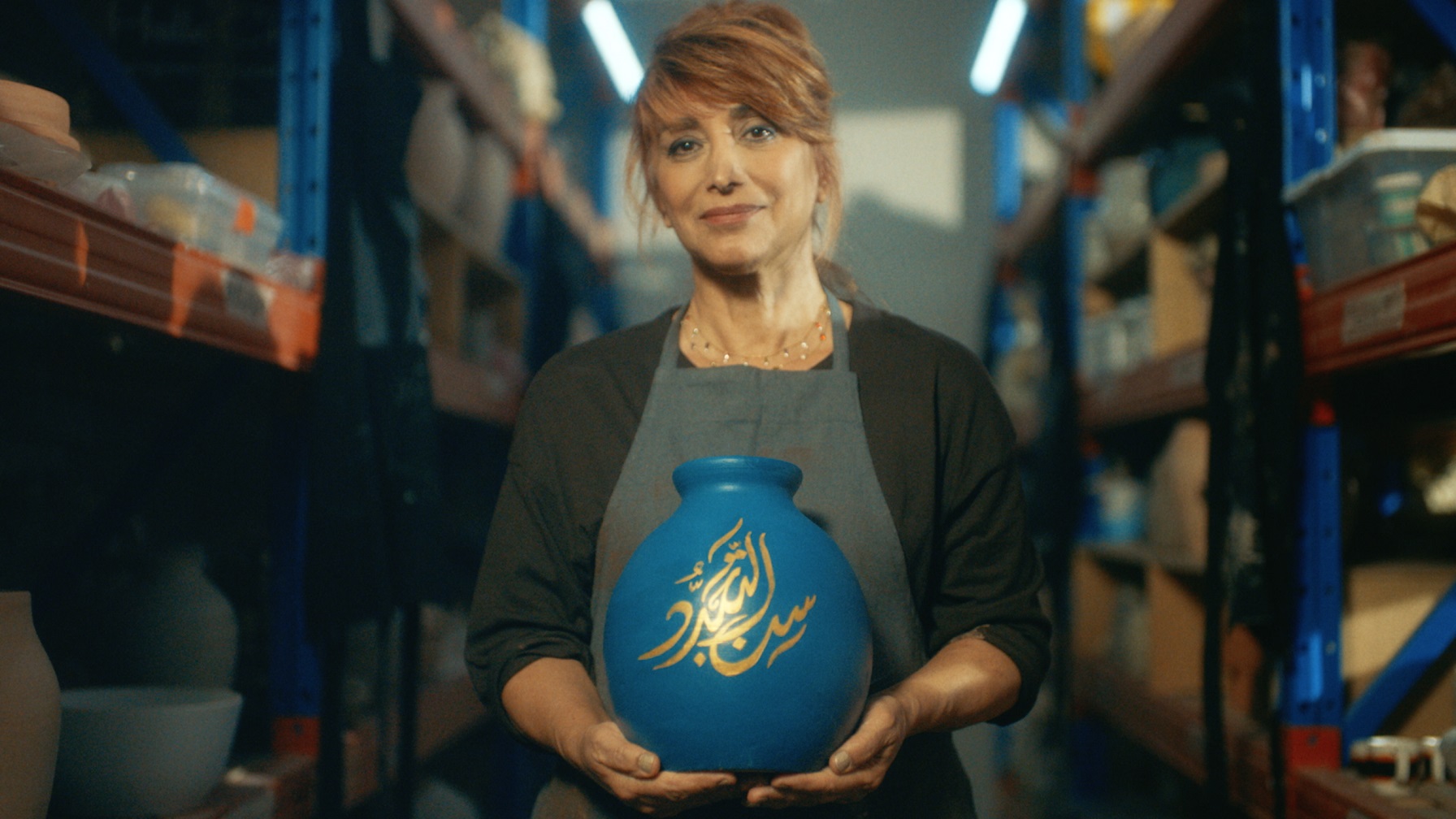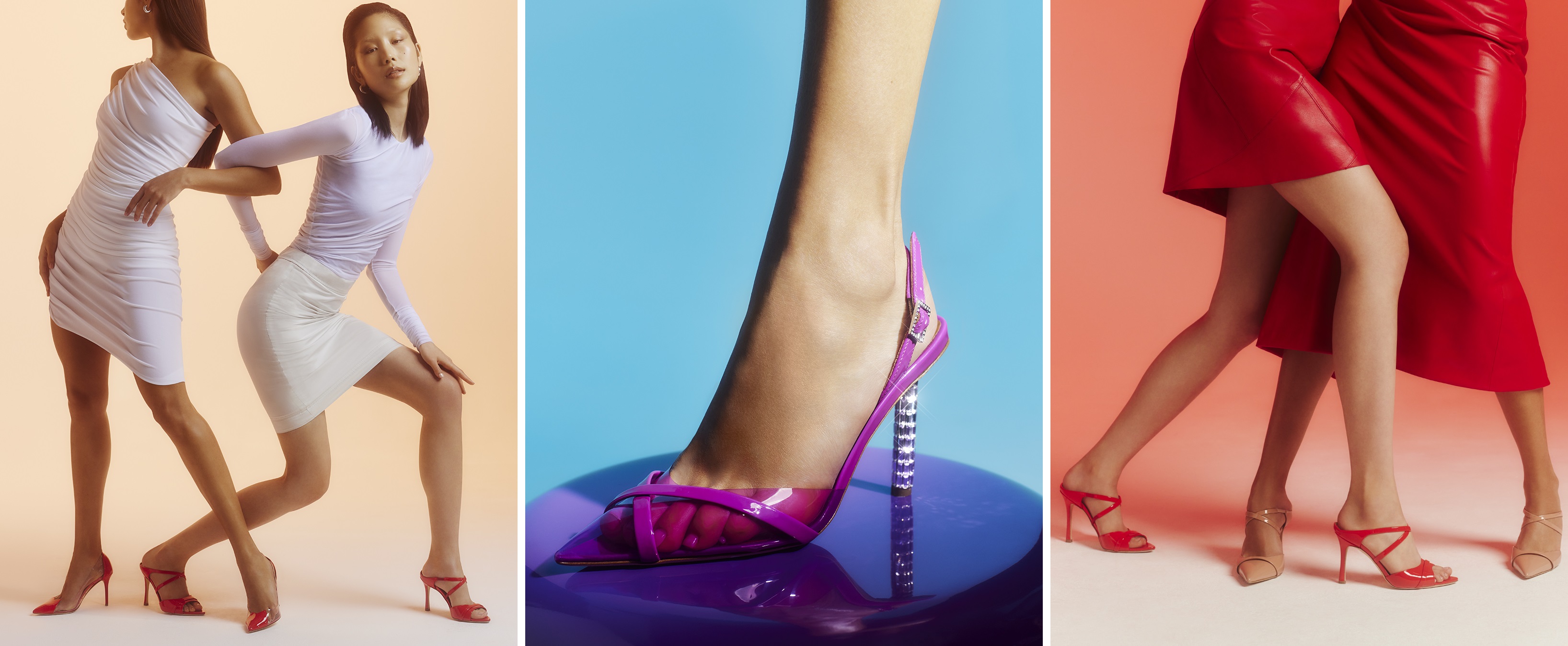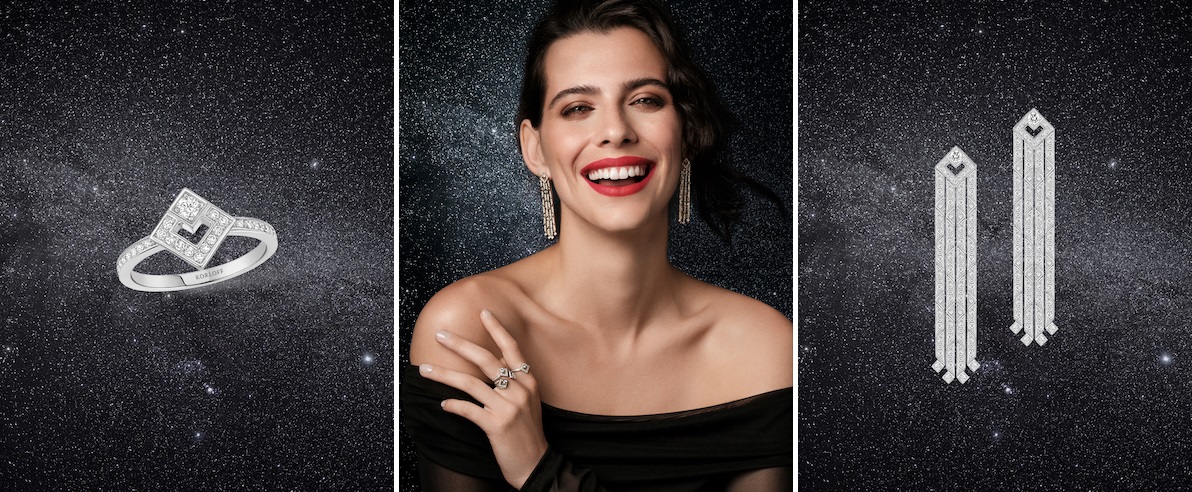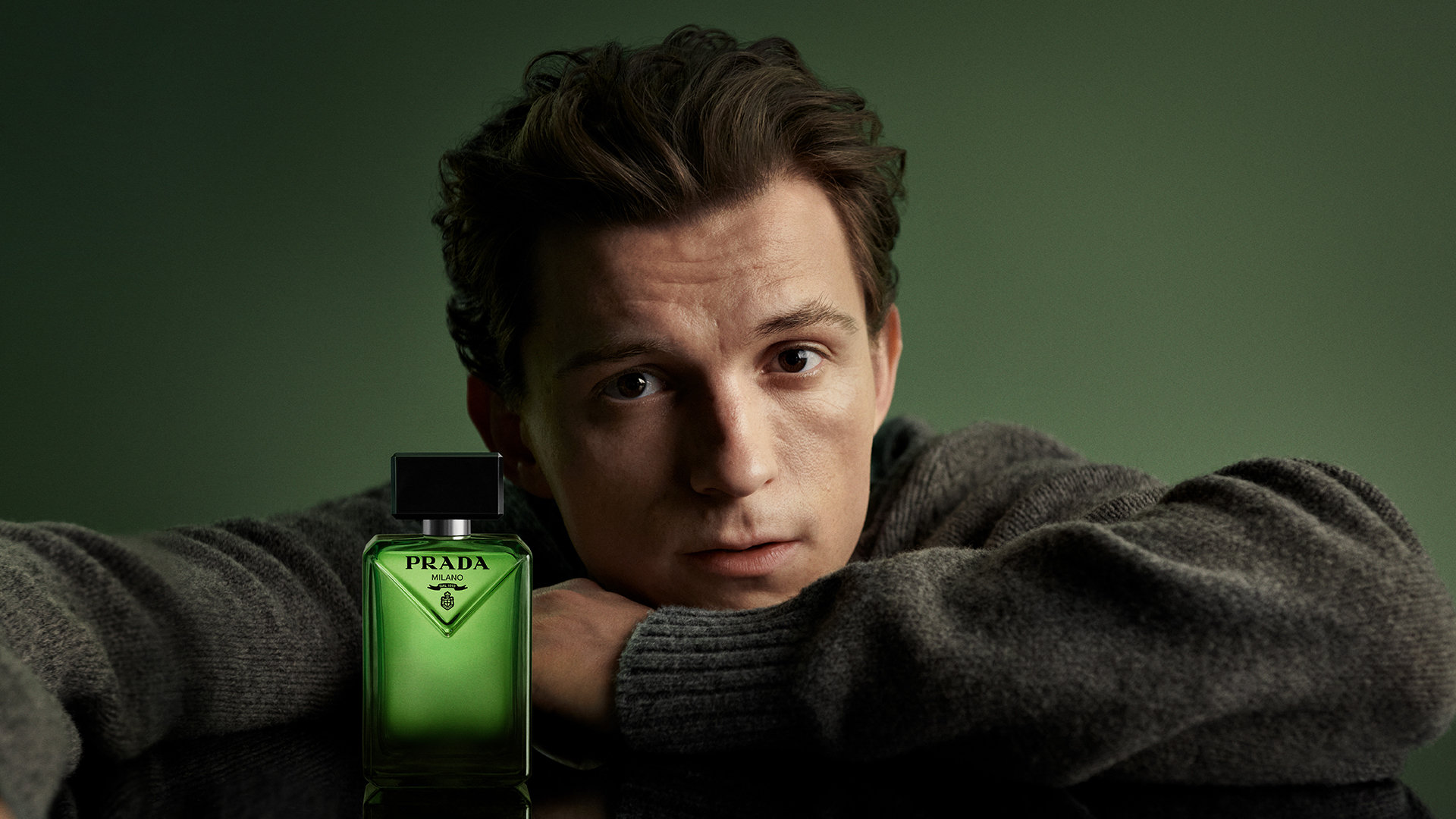
L'Officiel UK : As Miss Asia USA 2024, how do you use your platform to advocate for causes you’re passionate about, especially in tech and the arts?
Tiffany Chang : I see my platform as a bridge, connecting representation with creativity and innovation. A lot of my work on social media has showcased my passion for design but merging it to elevate causes at the intersection of identity, innovation, and expression. I use it to spotlight issues I care deeply about whether it is increasing visibility for women in tech or promoting cultural representation for the Asian American community. I always try to democratize and amplify stories that aren’t often told.

LO UK : Being both a techie and a creative, how do you balance your engineering studies at Stanford with your artistic and philanthropic pursuits like Mad Hatter Knits?
TC : Balancing engineering with creative and philanthropic work is definitely a challenge,but I see it more as a synergy than a tradeoff. My technical side sharpens my problem-solving, while my creative work keeps me grounded in empathy and impact. They constantly inform one another: the same systems thinking I use in class helps me streamline operations for Madhatter Knits, and the storytelling skills I’ve honed through pageantry and design help me pitch projects and communicate complex ideas in tech or through content creation. At Stanford, I’ve been lucky to be in an environment that not only allows but encourages interdisciplinary thinking. I’ve taken design courses that let me prototype ideas from start to scale and management/business classes that push me to scale social impact. On a practical level, I live by my calendar, intentionally carving out blocks for different parts of my identity. But I also look for ways to integrate: turning class projects into solutions, or using creative content to spotlight voices or democratize information. Ultimately, I’ve found that the diversity of my interests doesn’t dilute my focus, it deepens it. It reminds me that innovation isn’t just about what we can build, but who we can uplift through what we build.

LO UK : What inspired you to co-found the Mad Hatter Knits Foundation, and how has your background in tech influenced the way you approach nonprofit work?
TC : Madhatter Knits began when I was in the 6th grade and I knitted a small hat. At the time my cousin was volunteering at the San Gabriel Medical Center, had just visited the NICU around the same time. We realized these beanies were the perfect size for a preemies head, fighting for their very first breath, especially since a lot of their warmth escapes through their head, making it difficult for the m to keep their body temperatures stable. We started with our first donation of 160 knit hats Christmas of 2014 to the Children's Hospital Los Angeles. With the mission to give preemies and their families love, warmth, and support, Madhatter Knits was born. It has now grown immensely with international chapters all over the world and we could not be more grateful for all our amazing partners and volunteers that makes it all possible.
As the organization grew, my background in tech became essential in helping us scale and sustain our impact. I built our first website to showcase our story and streamline volunteer sign-ups. I created digital forms to organize donations, track inventory, and match hospitals with the types of hats they needed most. I also used data to analyze gaps in distribution and optimize our logistics. Beyond tools, my engineering mindset shaped how I approached nonprofit work: with an eye for systems, sustainability, and scalability. I’ve learned that compassion and technology don’t exist in separate worlds—they can power each other. Engineering taught me how to think in systems and scale with intention. From launching a male leadership initiative to designing a senior mental health campaign, every new program we create is guided by both empathy and analytics. I use tech not just to manage tasks, but to amplify heart-led impact.
LO UK : How do your experiences in both LA and the Bay Area shape your perspective on the intersection of innovation, representation, and community impact?
TC : Growing up in LA and later immersing myself in the Bay Area gave me a rare dual lens, one shaped by storytelling, the other by systems. LA is a city fueled by narrative. Being surrounded by the entertainment industry taught me the power of visibility, aesthetics, and cultural influence. It’s where I learned that representation isn’t just about who’s in the room, it’s about who gets to tell the story. That perspective deeply shaped how I approach public-facing roles, from pageantry to media advocacy.
In contrast, the Bay Area taught me how to build. It’s an ecosystem of innovation, where ideas move fast and scale faster. Here, I learned to think in systems, to prototype solutions, and to measure impact in real time. Whether it’s optimizing nonprofit workflows or working with edge AI companies like Kneron, the Bay has challenged me to pair ambition with infrastructure. Each region offers its own kind of creativity, LA’s is expressive and visual, while the Bay’s is experimental and iterative. But it’s in the cross-pollination where the magic happens. I’ve found that my most effective work draws on both storytelling and strategy. By bridging these cultures, I’ve come to believe that innovation thrives when it includes diverse perspectives, not just demographically, but geographically and ideologically.


LO UK : What advice would you give to young women who want to break into male-dominated fields like tech while still embracing their full identity and creativity?
TC : You don’t have to choose between being technical and being creative, I believe that your power lies in being both. One of the most important lessons I’ve learned is that authenticity is an asset, not a liability. To be honest, I worried that being a pageant queen and a techie would confuse people, but over time I realized that duality is exactly what makes me stand out. Breaking into male-dominated spaces can feel isolating at times, so surround yourself with people who see you. Seek mentors, but also build peer communities, spaces where you can ask questions, celebrate wins, and navigate setbacks together. One of my biggest turning points came when I joined a design class at Stanford that encouraged interdisciplinary voices. It was the first time I felt like I didn’t have to dim one part of myself to be taken seriously in the other. Practically, speak up even when your voice shakes, document your work so your impact is visible, and don’t be afraid to take up space. And when things get tough, remember that representation is the work. By showing up fully as yourself, you’re carving out space for others to do the same. The future isn’t one-size-fits-all. It needs artists, empaths, innovators, and disruptors. So step into the room not just to fit in, but to redesign it.

LO UK : How has your identity as a Taiwanese-American shaped your journey through academia, pageantry, and activism?
TC : Being Taiwanese-American has shaped every part of who I am from how I carry myself in a room to how I lead initiatives for change. I was raised with cultural values like humility, respect for elders, and a deep sense of responsibility to the collective, principles I learned from my grandma that have quietly but powerfully guided me through both academia and activism. Navigating two cultures has taught me how to code-switch, but also how to stand firm. In pageantry, I didn’t always see people who looked like me winning national titles. In academia, I often felt like I had to prove my technical skills or worth before I could be seen as a leader. But over time, I realized my heritage wasn’t something to overcome, it was something to offer. It taught me to listen closely, lead with empathy, and bridge differences. Now, I carry my identity proudly. I know that when I take up space, I’m not just doing it for myself, I’m doing it for every AAPI girl who wonders if she belongs in the spotlight, in the lab, or at the front of the room. Representation is not just about visibility, it’s about responsibility. And I hope to keep using my platform to uplift stories that reflect the fullness of who we are as a community.
Muse: Tiffany Chang @tiffanyachang
Creative Director & Fashion Designer: @kennethbarlis_official
Photography: Reinhardt Kenneth @reinhardtkenneth
Lighting Director: Hugo Arvizu @arvizu_arts
Digitech: Suimay Lee @suimaylee
HMUA: Tham @tamvo5769
Retoucher: Valeria Strygina @lerika_retouch
Project Manager: Olga Ivanova @olgaivvanovva
All the looks: Kenneth Barlis @kennethbarlis_official





.jpg)




